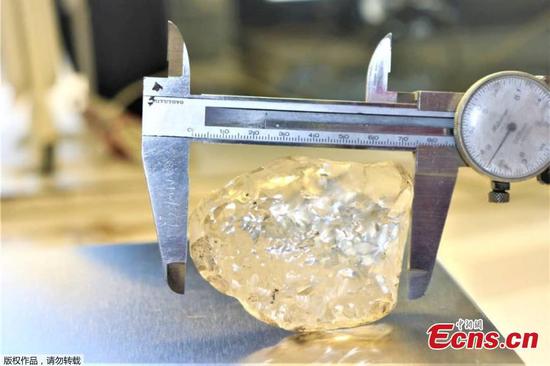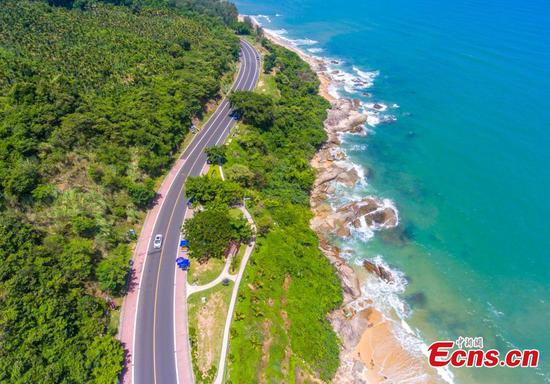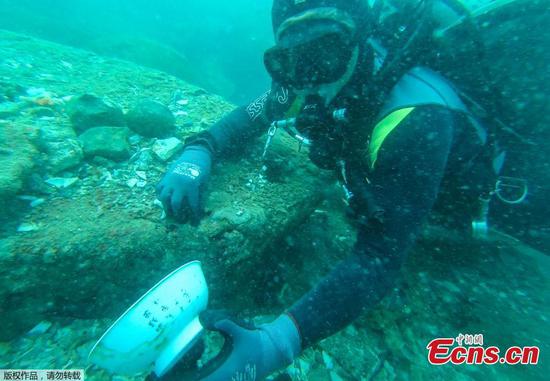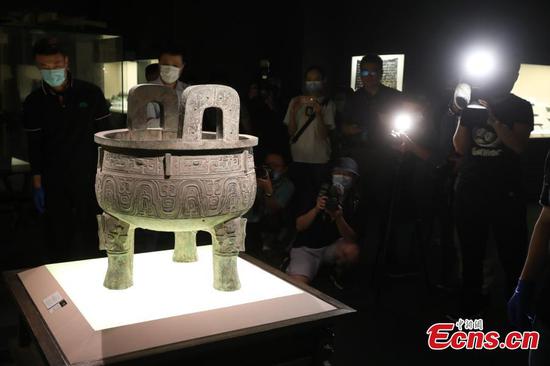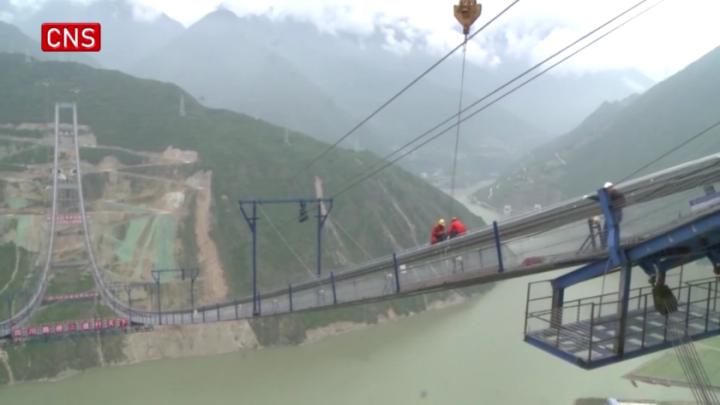A strong wind blew over Zhongwei, a city near the Tengger Desert in northwest China's Ningxia Hui Autonomous Region, one of the driest places in the country, covering everything with a thin layer of dust.
Zhao Yang, an associate fellow at Shapotou Desert Research and Experiment Station (SDRES) of the Chinese Academy of Sciences (CAS), was working in a lab culturing a kind of cyanobacteria that is key to new desert-control technology.
The station was the birthplace of vast stretches of artificial straw-checkerboard, a technique to stop sand encroachment that was implemented in China over 60 years ago.
Today, Chinese researchers at SDRES are dedicated to developing new techniques to combat desertification in China, which in the past 20 years has contributed to the world's largest greening areas.
COMBATING DESERTIFICATION
Zhao is happy to see the progress taking place with the new desert-control technique.
According to Zhao, it naturally takes about 10 years to form a cyanobacteria crust on the surface of the sand that can prevent it from moving. However, by hybridizing a special bacterial strain extracted from the biological soil crust in the Tengger Desert with the cultured cyanobacteria, researchers at SDRES have successfully cut the crust formation time to only one year.
"The new technique has been implemented. The experimental field under my supervision alone is as large as 33.3 hectares, not to mention the fields supervised by my colleagues in other parts of China," said Zhao, who has been working at SDRES for 11 years.
Zhao's work is a microcosm of China's efforts to combat desertification, which dates back over 60 years ago.
When China's first railway through the Tengger Desert began operation in 1958, foreign experts who were invited to design the railway had predicted that it would be buried by sand in 30 years.
However, Chinese researchers' wisdom gave them a way out. Straw structures, which resemble checkerboards, proved to be the most convenient, environmentally friendly and cheap way of stopping sand encroachment. Within the checkerboards, the surface of the sand forms a hard crust over time which prevents the sand from moving.
With ample sand-control experience, Ningxia is building its first highway crossing the Tengger Desert, which is expected to be completed in 2021.













